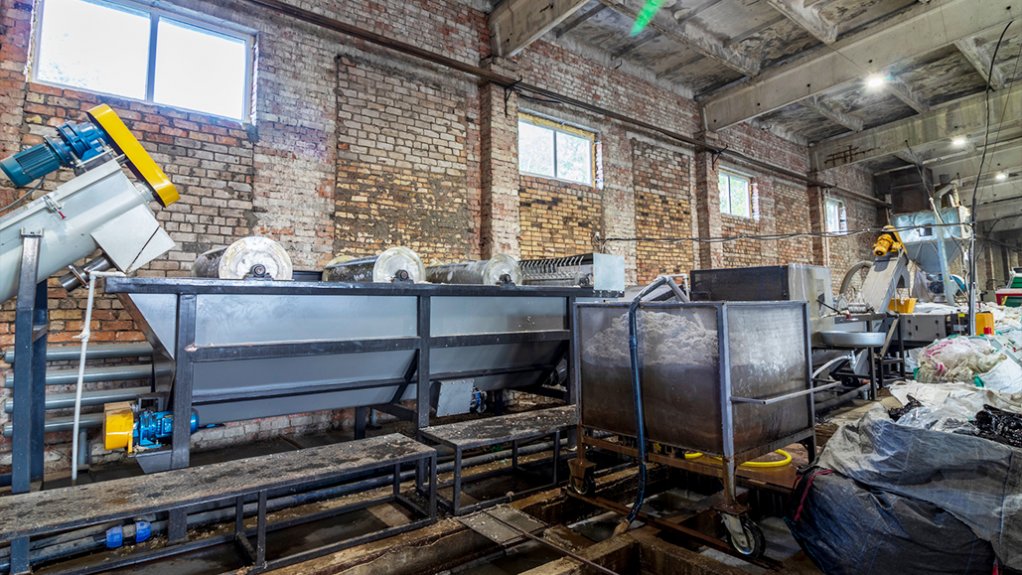With a year-on-year increase of 9.5% in polyvinyl chloride (PVC) recycling, the Southern African Vinyls Association (SAVA) tells Engineering News that additional initiatives can be implemented to increase the recycling rate of vinyl material.
“We can attribute the 9.5% recycling increase to two factors. First, the past year has seen a global shortage on PVC raw materials, which has influenced the price of the materials and pushed it to an all-time, 30-year high. As a result, it has fuelled the demand for PVC recyclate,” says SAVA CEO Monique Holtzhausen.
The growing demand for PVC from local footwear manufacturers has also increased the recycling rate. Owing to the impacts of Covid-19 and government’s initiatives to encourage local procurement, there has been a significant drop in footwear imports from China.
“This has benefited our local footwear manufacturers who used recycled PVC in shoe soles and gumboots, for example.”
The 9.5% increase can be higher if collection and storage facilities for PVC waste are developed and implemented, Holtzhausen adds.
“We have no collection and storage facilities for post-consumer vinyl products along our coastal regions, specifically in the Eastern Cape, Western Cape and KwaZulu-Natal. PVC is a long life span product and is used in not only water pipes – that have a life span of up to 100 years – and flooring, but also building and construction items such as gutters, downpipes and ceilings.”
She explains that these items are often replaced during home renovations, but there is currently no facility where they can be sorted and stored for recycling. “We need to collaborate with waste management companies that are willing to act as interim storage facilities to handle these items that would otherwise end up in landfill.”
Although it is expected that the new extended producer responsibility legislation will have a positive impact on the collection and recycling of packaging waste, vinyl packaging waste accounts for low volumes.
“However, we are optimistic that the new laws and producer responsibility organisation activities will help to create a greater awareness about the importance and value of recycling. This will, hopefully, have a knock-on effect on building and construction products, and other industries.”
Meanwhile, PVC is intrinsically sustainable and its molecular composition comprises 57% of chlorine derived from common salt, 5% from hydrogen and 38% from carbon. This makes it an extremely durable and cost-efficient product that can be recycled several times without losing its essential properties, adds Holtzhausen.
Despite the sustainability of PVC products, there is a need for recycling facilities that have wash plants where contaminated products can be washed for reuse or recycling.
“Such wash plants cost a lot of money and are driven by volume. Recyclers face the conundrum of whether they will get enough material to be washed if they build a wash plant or whether they should wait for sufficient volumes before building a wash plant.”
SAVA’s mission remains creating a sustainable, environment-responsible vinyls industry that is above reproach through adherence to its product stewardship commitment.
Edited by: Zandile Mavuso
Creamer Media Senior Deputy Editor: Features
EMAIL THIS ARTICLE SAVE THIS ARTICLE
ARTICLE ENQUIRY
To subscribe email subscriptions@creamermedia.co.za or click here
To advertise email advertising@creamermedia.co.za or click here













